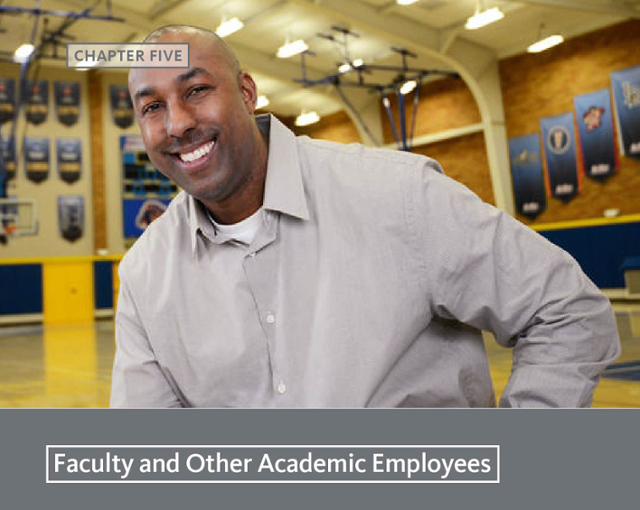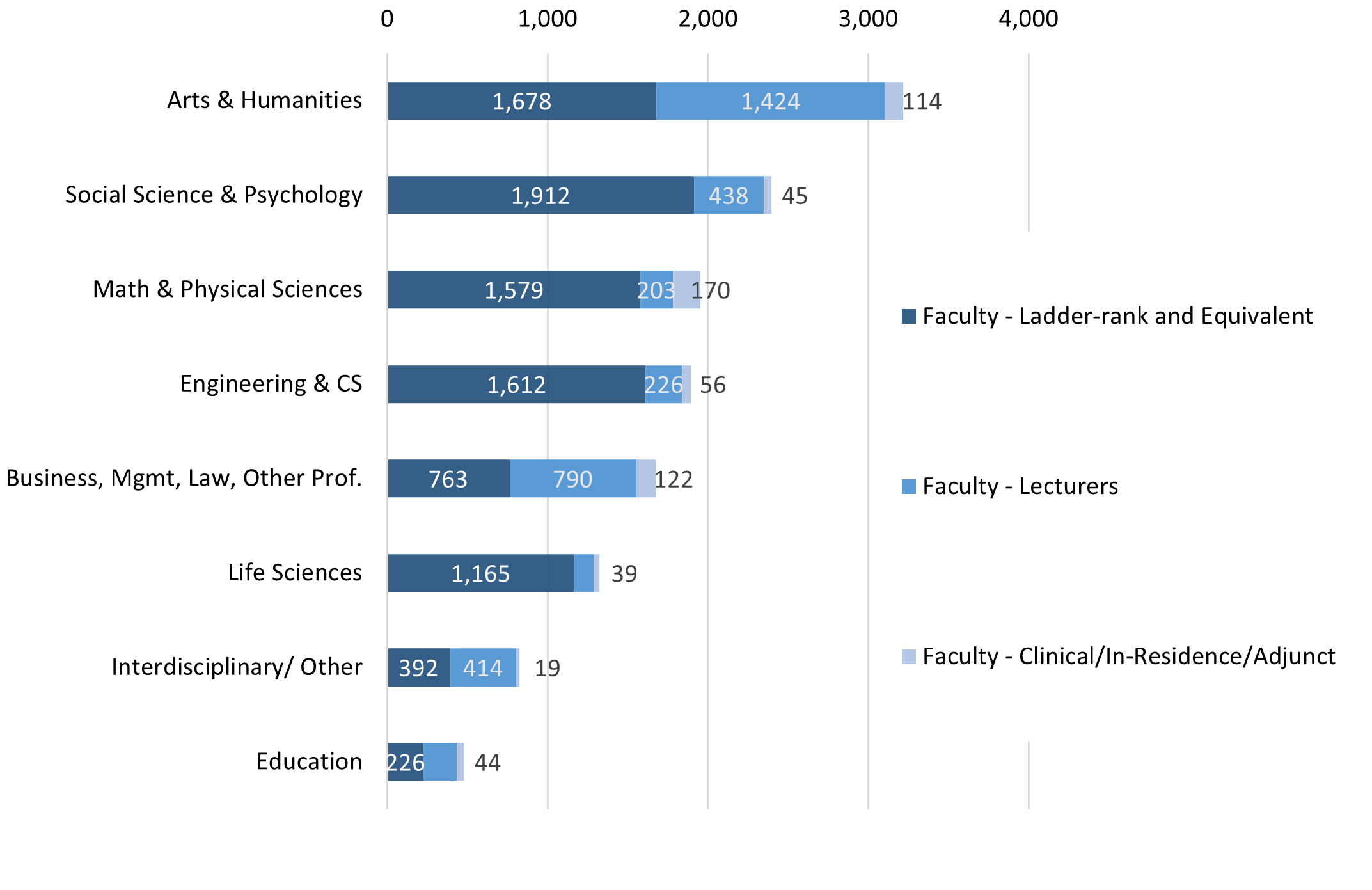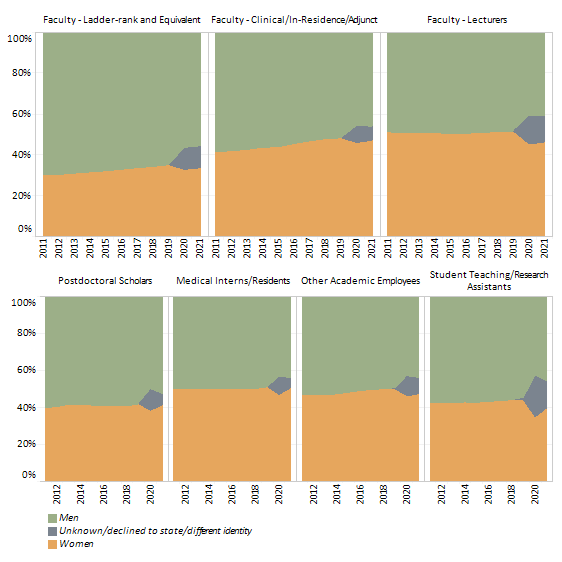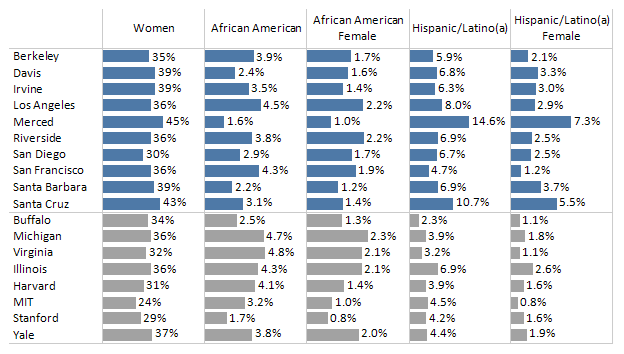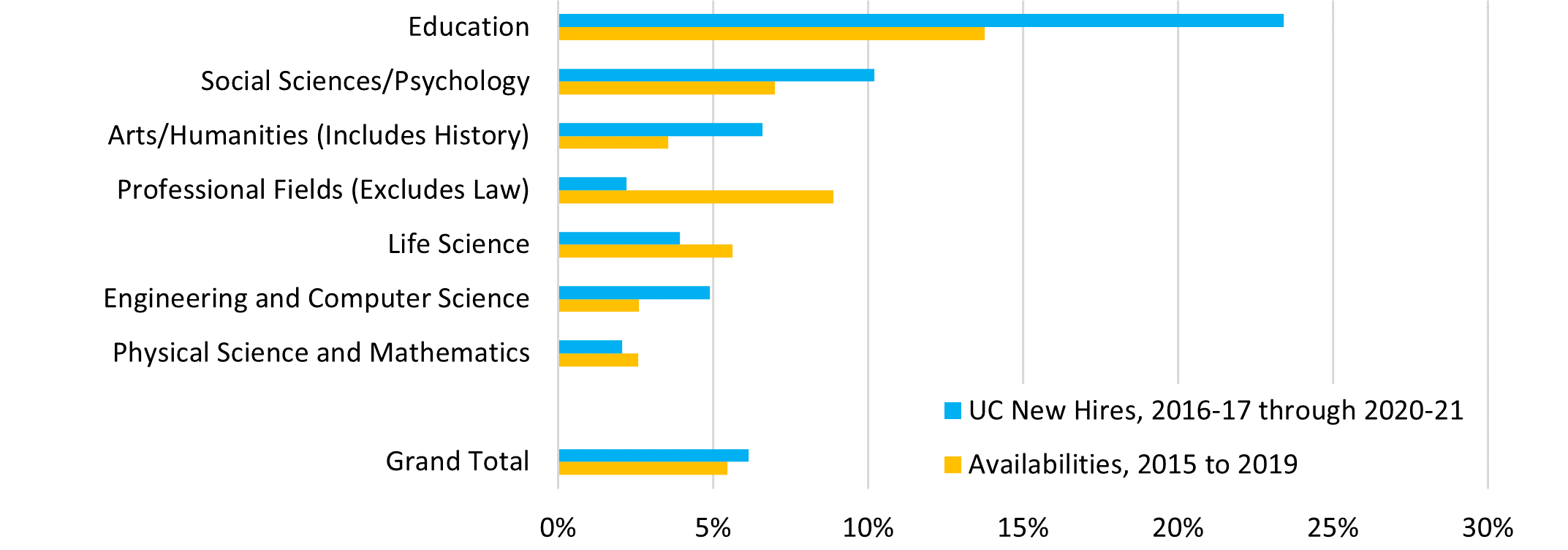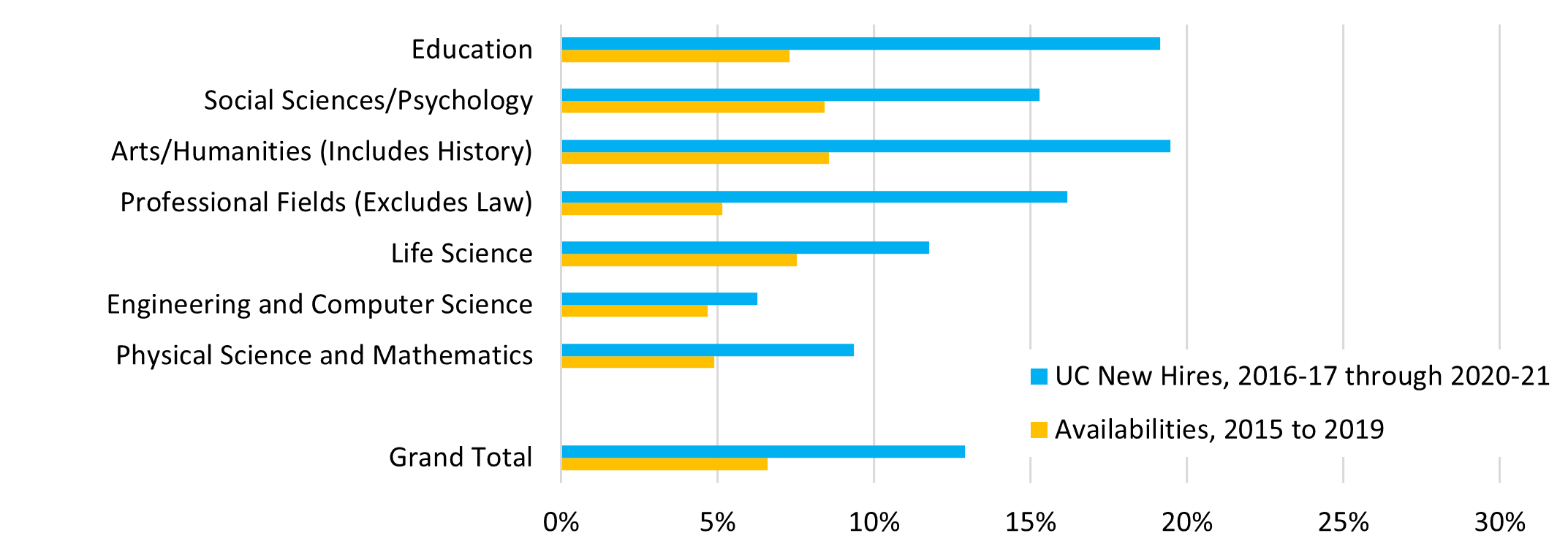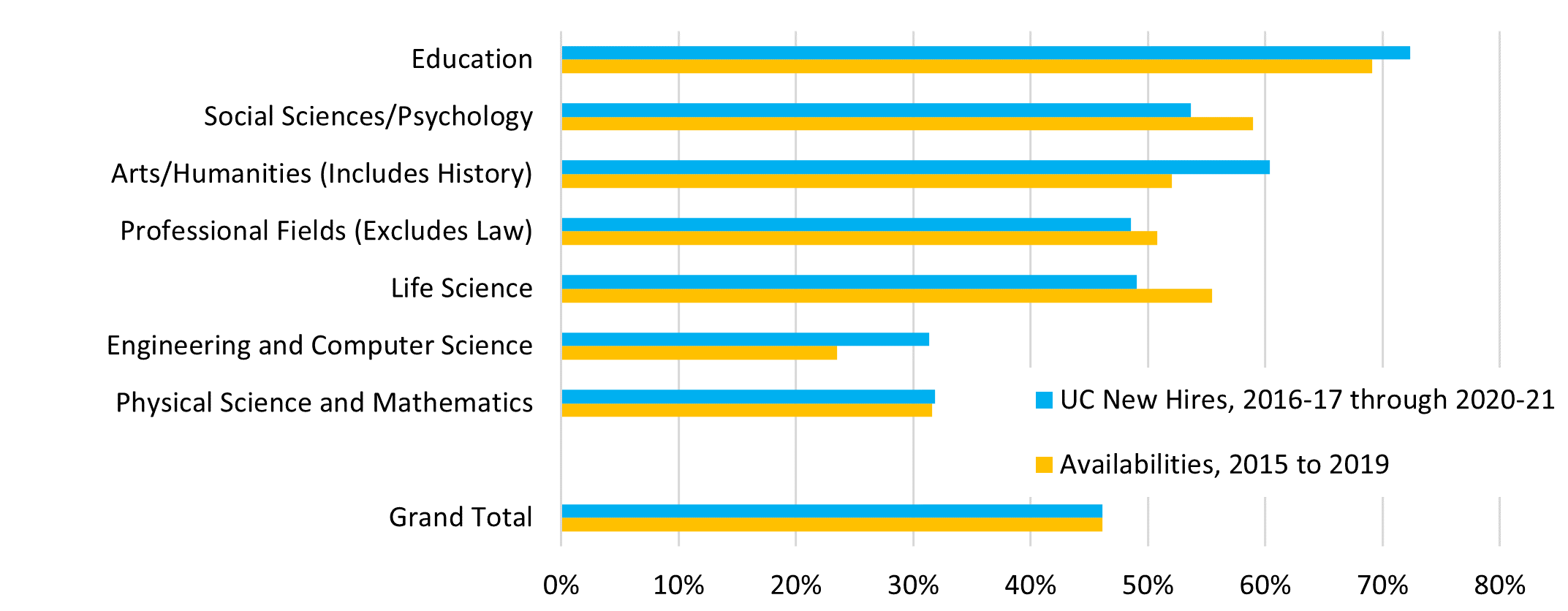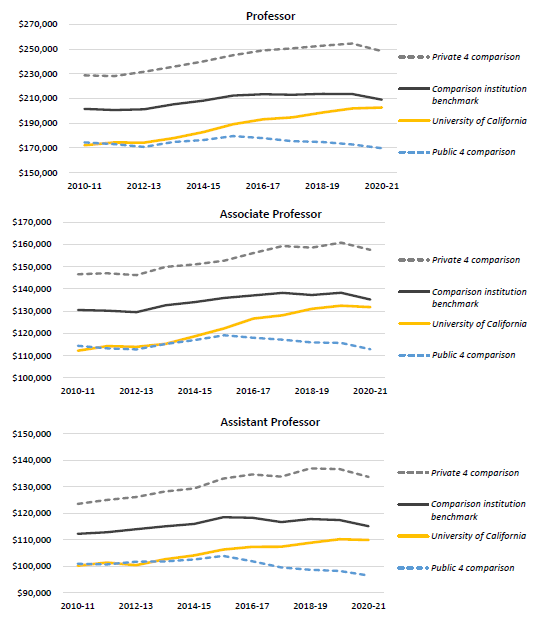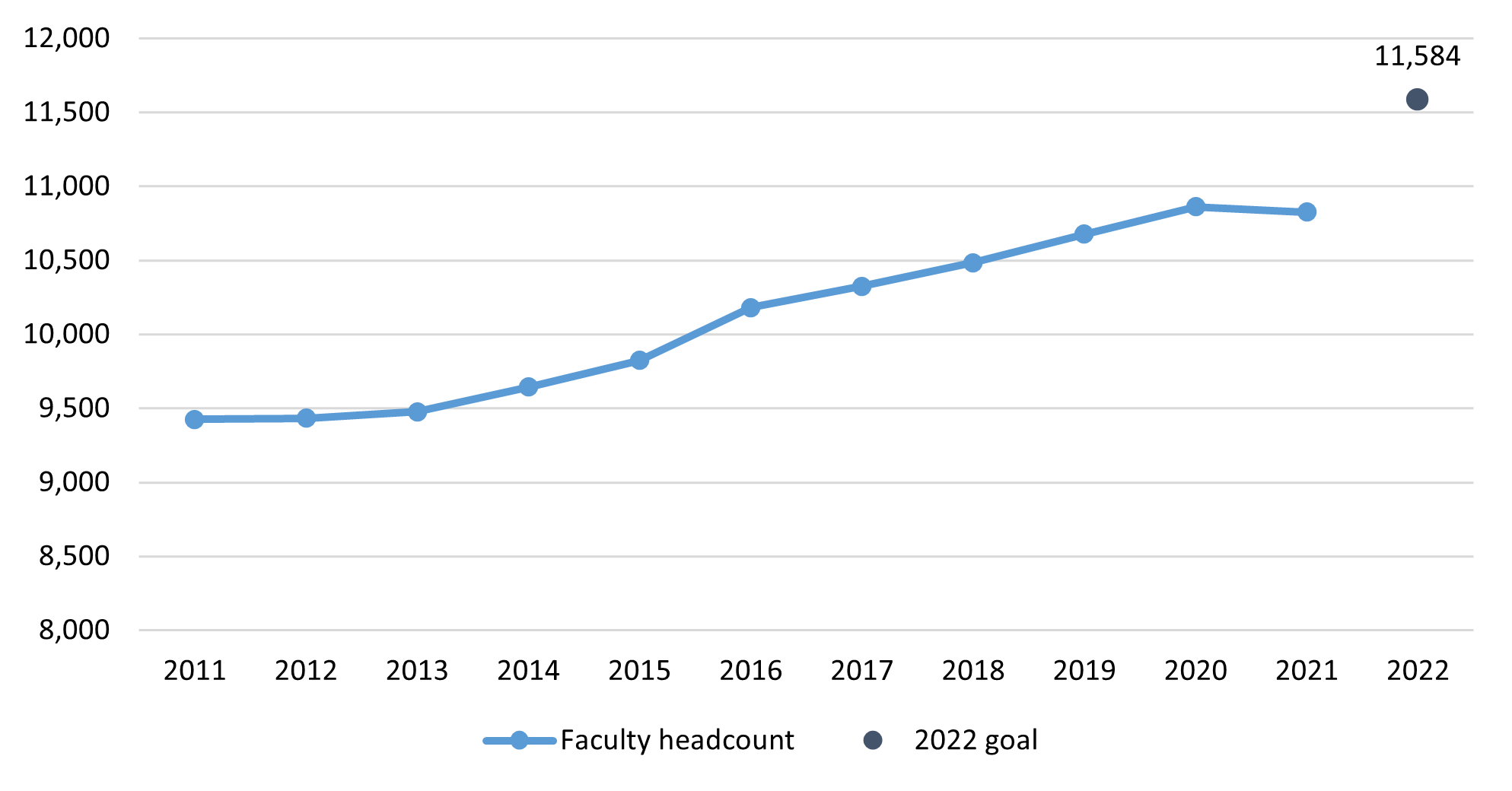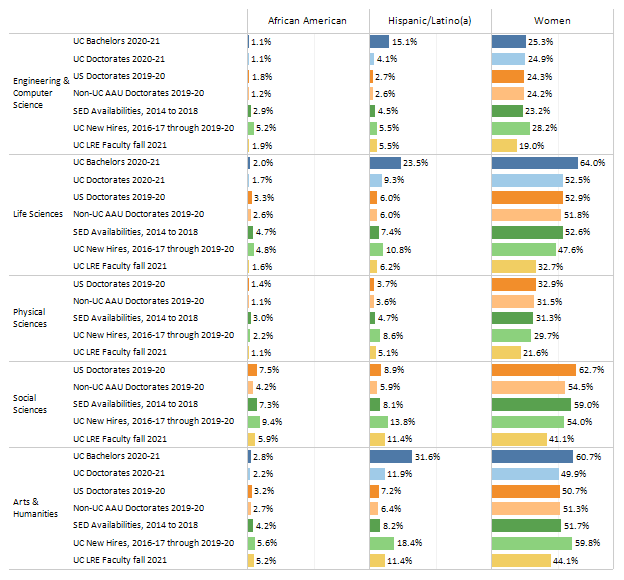A new interdisciplinary research center at the University of California, Riverside, will critically examine the experiences of athletes across all levels of competition with the aim of driving education, outreach, and advocacy in the field. Housed within UCR’s Graduate School of Education, the Center for Athletes’ Rights and Equity makes the case for athletes’ rights as a civil rights issue, emphasizing the crucial need for scientific research on athletes’ experiences to enhance their safety and well-being.
Eddie Comeaux, the center’s founding director, is an associate professor of higher education at UCR and expert in intercollegiate athletics, racial equity and policy issues, and college student engagement. “I don’t just study athletes,” Comeaux said. “I study students who happen to be athletes.” He’s interested in not only helping them better understand their personal rights and educational goals, but also navigate the legal and financial gray areas that often accompany segueing into professional athletics. With that in mind, the center’s efforts will seek to address issues of equity, fairness, inclusion, and justice for athletes both at the high school and college levels and beyond.
He noted another issue that remains to be addressed on campuses is gender equity, especially when it comes to women — and women of color, in particular — ascending to senior leadership roles such as athletics directors. Moreover, on many campuses men’s athletics programs continue to receive significantly more funding than women’s programs, including for recruitment activities and scholarships, Comeaux said.
Overview
The University of California’s distinguished faculty and other academic appointees serve as a rich source of innovation, discovery, and mentorship. They provide top-quality education to students, develop groundbreaking research, and serve California’s diverse communities. Despite the operational and financial challenges created by the COVID-19 pandemic for more than two years, UC faculty and other academic appointees have risen to the challenge of engaging in the University’s mission of teaching, research, and service in a hybrid environment. Recognizing the challenges faculty and other academic appointees faced, the University of California adopted numerous programs and exceptions to policy, providing flexibility to faculty and other academic appointees to conduct their work. The UC Provost and Executive Vice President also appointed an Academic Senate-Administration Working Group to make recommendations for mitigating the impact of COVID-19 on UC faculty.
Describing the academic workforce
Academic FTE and Headcount, October 2021
|
FTE |
Headcount |
| Faculty - Ladder-rank and Equivalent |
10,799.5 |
11,677 |
| Faculty - Clinical/In-Residence/Adjunct |
8,219.3 |
9,062 |
| Faculty - Lecturers |
2,490.2 |
4,096 |
| Other Academic Employees |
6,132.8 |
8,579 |
| Postdoctoral Scholars |
5,266.4 |
6,136 |
| Medical Interns/Residents |
6,250.4 |
6,433 |
| Student Teaching/Research Assistants |
11,813.8 |
28,610 |
| Grand Total |
50,972.4 |
74,593 |
Faculty are the most prominent face of UC’s academic workforce, but there are many other academic roles, totaling nearly 51,000 full-time equivalents (FTE) across more than 74,500 individuals. Over 59 percent of faculty are in general campus schools and colleges, while the remaining 41 percent are in the health sciences.
Ladder-rank and equivalent faculty are the core of the faculty in advancing the UC’s tripartite mission of teaching, research, and public service. These faculty can advance to tenure or equivalent status.* In the past decade, ladder-rank and equivalent faculty FTE have increased by over 18 percent.
In-Residence, Professor of Clinical (e.g., Medicine), Health Sciences Clinical Professor, and Adjunct Professor series faculty are found at all campus locations. However, their numbers are concentrated in the health sciences schools; their duties vary in their focus on research, clinical care, and teaching. Lecturers are focused on instruction and are hired into part-time and full-time positions. Lecturers can achieve continuing status. In the past decade, the total FTE of lecturers has increased by 46 percent.
Postdoctoral scholars conduct research under the general oversight of a faculty mentor. They are typically paid through research contracts and grants, so their numbers concentrate in the medical and STEM fields and vary with available grant funding.
Other academic appointees include academic researchers; cooperative extension advisors and specialists in cooperative extension; librarians; faculty administrators such as Deans; university extension instructors; graduate students appointed as Teaching Assistants and Research Assistants; and residents, interns, and other trainees in medicine and other academic health sciences programs.
* Security of Employment or the tenure-equivalent of associate and full agronomists and astronomers. Diversity
The University of California is committed to diversity and excellence in its faculty and academic workforce. The proportion of women, African American, and Hispanic/Latino(a) faculty continues to grow, as newer faculty cohorts are more diverse than past cohorts.
In the past decade, the share of Universitywide ladder-ranked faculty who are African American increased from 2.6 percent to 3.5 percent, and the share who are Hispanic/Latino(a) increased from 5.5 percent to eight percent. The number of African American faculty members went from 252 to 406, a 61 percent increase, and the number of Hispanic/Latino(a) faculty members increased from 542 to 935, a 72 percent increase.
Among tenured and tenure-track faculty, UC compares favorably in terms of the proportions of women, African American, and Hispanic/Latino(a) faculty relative to the comparison of eight peer research institutions.** Still, UC continues to work to identify opportunities to diversify the faculty and improve recruitment processes and campus climate by tracking recruitment data, by sharing best practices in mentoring and professional development, and by enhancing work-life balance programs.
Various programs have been put in place to strengthen faculty diversity:
Advancing Faculty Diversity — The State of California awarded UC a total of $11.5 million in one-time funds for five fiscal years, from 2016–17 to 2019–20, and in 2021–22 to develop an innovative and focused program to increase faculty diversity at UC. The Advancing Faculty Diversity (AFD) program awards these funds on a competitive basis to campus units implementing new measurable interventions in the faculty recruitment process. Some of the successful interventions that correlate with hiring diverse faculty include the use of contributions to diversity statements early in the evaluation process; targeting potential faculty earlier in their careers through support for postdoctoral work; outreach by faculty to actively recruit candidates; revised evaluation practices, including the use of rubrics to guide decision-making; strong leadership and sustained and strategic involvement from unit leaders; mentoring programs targeted to support new faculty hires; introducing new voices, including students, in the recruitment and evaluation process; building of new faculty, equity, and inclusion data dashboards; research on and support for pathways to faculty leadership positions; and examinations of whether service loads differ by gender or race/ethnicity. In 2018–19, UCOP committed additional funds ($500,000) to initiate awards in support of improved academic climate and retention in selected pilots, and made a commitment of $3 million per year in ongoing funds to support additional projects in faculty recruitment and in improved climate and retention projects to create academic climates to support UC’s diverse student body and meaningfully engage faculty throughout their UC careers. Since its inception, a total of 55 recruitment and improved climate and retention projects have been funded through the competitive AFD program, with all ten campuses receiving at least one award.
President’s Postdoctoral Fellowship Program (PPFP) — Established in 1984, the program recruits top scholars who are committed to underserved and minority communities to pursue faculty careers at UC. Between 2017–18 and 2021–22, 124 fellows were hired as UC ladder-rank faculty at all ten UC campuses. In addition, 21 fellows have been successfully recruited for UC faculty positions that will begin in 2022–23, with 13 others still under consideration. Through Presidential support, UC has increased the number of incentives available to departments that hire fellows and has expanded eligibility for hiring incentives to include the health sciences and professional schools. The program is nationally recognized and leads a partnership of top universities that participate in recruiting top postdoc talent.
** The comparison eight institutions are University of Illinois, University of Michigan, University at Buffalo, University of Virginia, Harvard University, Massachusetts Institute of Technology, Stanford University, and Yale University.
Hiring and retention
Overall hiring of UC faculty generally outpaces availabilities of U.S. doctoral degree recipients by race, ethnicity, and gender, with some notable differences by field. STEM fields have a more limited ability to diversify based on Ph.D. availabilities. UC is also looking at the diversity of its own student populations, including bachelor and graduate degree recipients, to increase the diversity of UC’s future professoriate.
Faculty hires have recently plateaued, after several years in which hiring had increased steadily as UC recovered from severe budget cuts a decade ago and as enrollment growth demanded greater teaching capacity. Faculty separations have grown modestly, primarily due to increasing retirements. In addition to the focus on hiring a diverse faculty, UC must consider and address retention issues. The introduction to Chapter 7 highlights several initiatives to improve climate and retention. Since 2016, UC has engaged the Collaborative on Academic Careers in Higher Education (COACHE) at the Harvard Graduate School of Education to design and administer a Faculty Retention and Exit Survey. A summary of the latest results can be found in this May 2022 Regents Item. Average faculty salaries at UC have improved somewhat in recent years; however, they still trail those at many comparison institutions, particularly a benchmark of the average salaries at the “Comparison 8,” a group of four public and four private institutions.
UC 2030 goals
As part of the multi-year framework adopted by the UC Regents in early 2019, known as UC 2030 — Advancing the California Dream, UC is hoping to receive additional State support to hire 1,100 ladder-rank faculty between 2018–19 and 2022–23 (5.3.6). Since setting the hiring goal, the University’s faculty has grown by nearly 340, or about 3.3 percent. To reach the hiring goal by 2022–23, UC needs to add 758 faculty, or seven percent, over the next year. The University will not be meeting this goal as the requisite hiring rate is over double that of recent trends. Nonetheless, with growth, UC is hoping to continue to increase the diversity of its ladder-rank faculty, which also involves retaining faculty who contribute to that diversity.
For more information
UC Academic Senate (website)
UCOP Academic Personnel and Programs (website)
UC employee headcount data (dashboard)
UC employee FTE data (dashboard)
UC employee diversity data (dashboard)
Annual wage reporting (dashboard)
Faculty diversity (website)
UC 2030 goals (dashboard)

